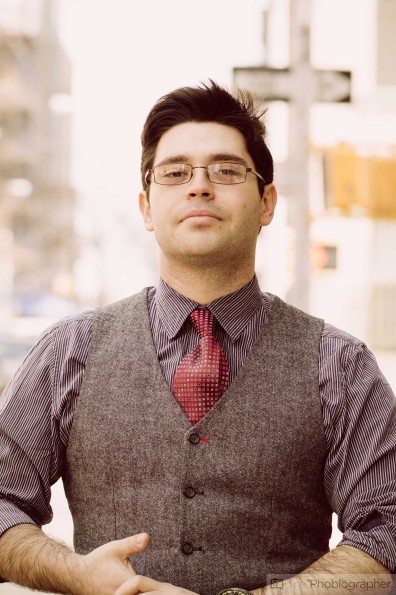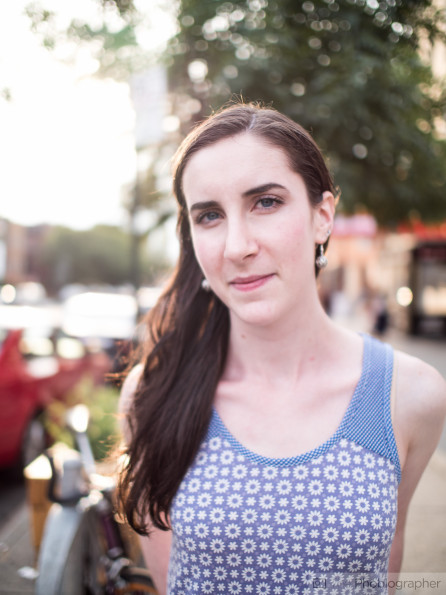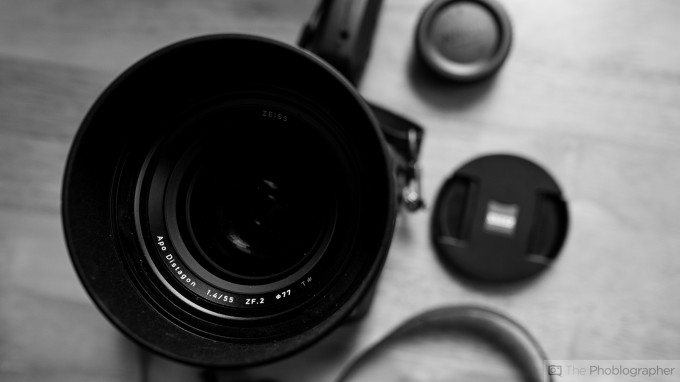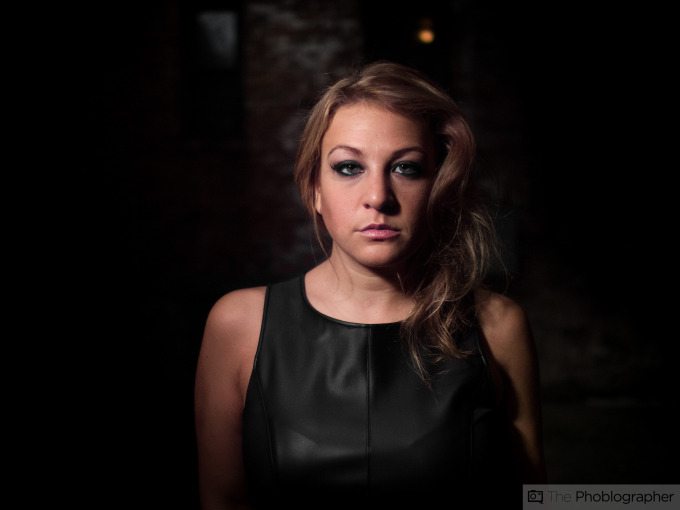
When it comes to creating portrait photos, you’ll need to understand that the process is in some ways a collaborative effort. But it also requires empathy, understanding and a creative vision. You’ll need to be specific about posing, and have a knowledge of how the person will actually look on camera. The best way to do that is to go ahead and make lots of mistakes, figure out solutions, apply them and re-shoot.
But to help you along the way, we’ve got an Introduction to Shooting Better Portraits compiling lots of information right here for you.
Understanding Portraiture
First off, if you actually want to become a portrait photographer, choose to specialize in it. Every photographer, for better or worse, needs to specialize in a specific genre. Part of this comes from marketing and the other major part comes from how your mind will eventually work and learn to see the world and people.
When you’re photographing a subject, you should keep in mind the notion that in general, people are more scared of you than you are of them. They’re very nervous about getting their portrait taken and really antsy about how their photos will look. It’s your job to calm them down and make the situation a comfortable one for both of you. Part of this has to due with the basic psychology of portraiture.
If you don’t want to experiment with another subject first, learn to pose yourself first. After you’ve built up a number of photos that you’re comfortable with, experiment with other folks. Keep in mind though that what works with one person won’t work with the other. To help you with these, we’ve compiled a giant list of posing ideas for both women and men.
Once you have posing down, you can focus on other things like the differences between hard light and soft light or whether you should focus on the eyes or not.
Techniques
Photographer Joe McNally Teaches You How to Add Soft Light to Your Portraits
Techniques for portrait shooting as far and varied depending on what you’re going for. Does your subject want corporate headshots? Do they want to show some personality? Are you capturing a couple at a wedding? Here are listings to help you out.
Shooting Better Photos for Dating Websites: Here we talk about all the things that you can do to help someone look their most attractive in a dating profile like those found on OKCupid for example.
Quick Tips
– Everyone has a higher shoulder
– Have a seated subject? Bring them to the edge of the seat to give them a slimmer looking profile.
Working With Natural Lighting
Since this is very much an introductory guide, we’re going to talk about working with natural lighting scenarios. Many photographers will tell you to wait for the Golden Hour–otherwise known as sunrise or sunset, but you don’t need to shoot within such a narrow frame to get beautiful images. One way to do this is to shoot during the midday and use shadows from buildings, trees or other areas to get a more evenly exposed image and more control over the scene.
Another way is to backlight your subject. When you do this, you place the sun behind them and expose for the shadows on their face. It can give a very beautiful glowy effect to your subject when the sun is positioned correctly. But those are only some of the ways to get the most of natural light. We’re not going to get too deep in lest we overload you with information. This is already quite a bit to practice.
Posing
Though we’ve listed a number of posing positions earlier in the article for men and women, we’d like to take the time to highlight some very famous techniques. It’s very common these days to photograph women with bare shoulders due to the femininity and beauty that these types of images can portray. In the same way, men are sometimes told to look off-camera for portraits and headshots–but to make their eyes visible.
Otherwise, be sure to shift the weight of the subject, pay attention to the hands, and overall just remember body language.
So You Really Want to Work With Flash…
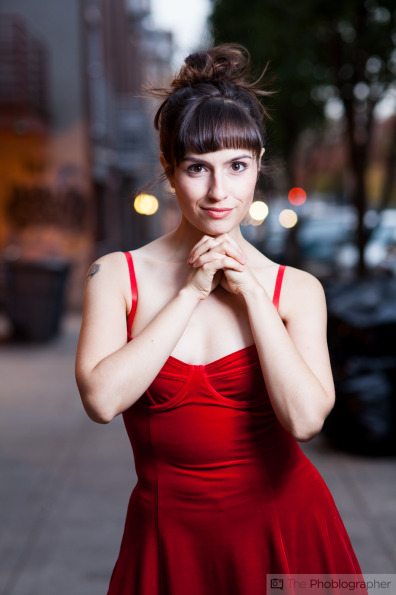
If you really want to start out by working with strobes, then you’ll need to keep the laws of exposure in mind. Those are:
– Shutter speeds control the ambient lighting
– Apertures control the flash exposure
– Flash has its own output
– ISO controls the overall sensitivity of the scene.
Strobe doesn’t always have to look like…well, strobe. You can blend it to look like natural light. Part of this has to do with working with the two different types of light: soft light and hard light. This is discernable by looking at the shadows.
Lighting and Lenses
We’re start right off the bat and say that your lighting and lenses are more important than any camera you’ll ever use. While the camera captures the overall scene, the lens and lighting control how the scene looks. Don’t know which lenses to get? We recommend these.
There is also a very big argument in the industry about whether you should use an 85mm or 50mm lens of some sort. We put it to the test and feel like 85mm focal lengths (not field of views) are essential.
We’re also very picky about our light modifiers with beauty dishes and umbrella being amongst our favorites. With larger light modifiers you can make one light look like two. Here’s a demonstration below.
Lastly we’re not going to spend too much time getting wrapped up in gear, but if you want to geek out about, then we recommend that you check out this post.
Editing
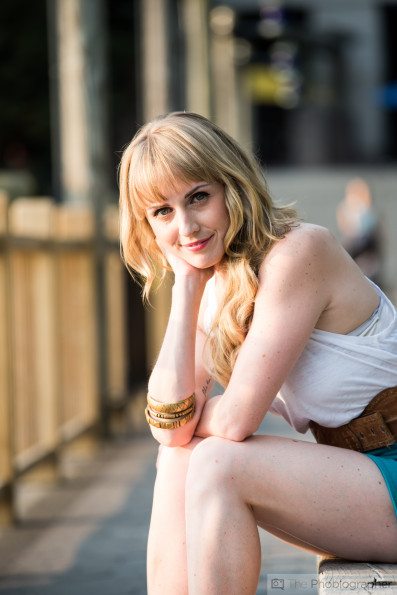
While editing your portrait photos will be incredibly subjective, there are indeed ways to ensure that two major factors are at their very best. To get a sharper image, you’ll want to work with the black levels, contrast and do a couple of things in the camera to ensure that the image is the sharpest it can be.
Many photographers also put lots of emphasis on the eyes, and making the eyes pop in Adobe Lightroom is a very tricky balancing act–but it’s possible.
Another very big part of portraiture has to do with color editing–in particular with skin tones. We strongly recommend working with the color channels.
Otherwise, your own personal editing should come from your vision but as a key couple of pointers, be sure to watch your composition, straight lines, and make sure that you turn on distortion correction for the lens that you’re working with.
Inspiration
Four Photographers Talk About The Art and Story Behind Their Portraits
Need some inspiration to get started? Well take a look at these amazing 365 photo projects with many of them being portrait focused. But we also think you that should browse through much of what’s available in our Creating the Photograph series.
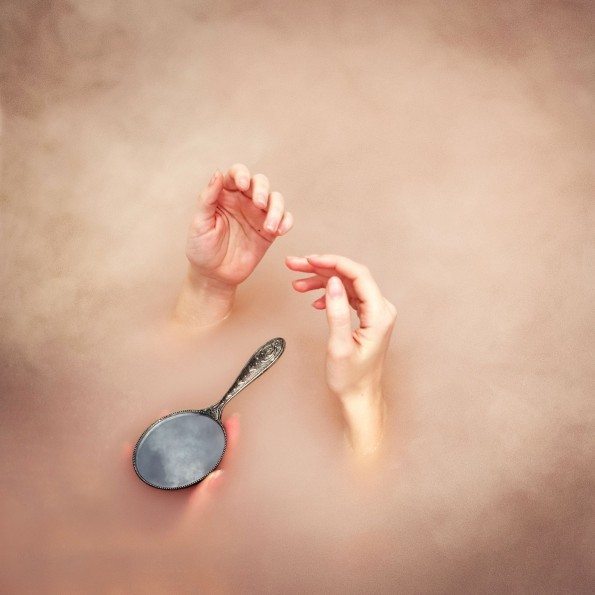
But here are many others that we’re very in love with:
– Brenden Freedman’s Black and White Portraits Capture Blue Collar Workers
– Young Photographer’s Invisible Self-Portraits Goes Viral and Inspires Thousands
– Patrick Rochon’s Super Chromatic Images Are Light Painted Portraits Done in a Single Shot
– Ben Zank’s Black and White Self Portraits Emphasize Concept Over Technique
– Erin Mulvehill’s Underwater Portraits Are Ethereal and Beautiful
– These Documentary Style Portraits Were Shot with a Lensbaby Composer Pro and Sweet 35
– Photographer Mark Seliger Talks About Photographing P. Diddy and Kurt Cobain
– Modern Couples: A Photo Project on London’s Underground Dapper Couples
– Alexandra Benetel is One of Flickr’s Top 20 Under 20 Photographers
– Using Photography in an Effort To Get Dogs Adopted
– This is What Warped Tour Musicians Look Like Before and After They Perform
– Preferred Mode: Photos of New York City’s Bike Culture at Its Best
– May Xiong’s Hypnotic and Puzzling Conceptual Photography


